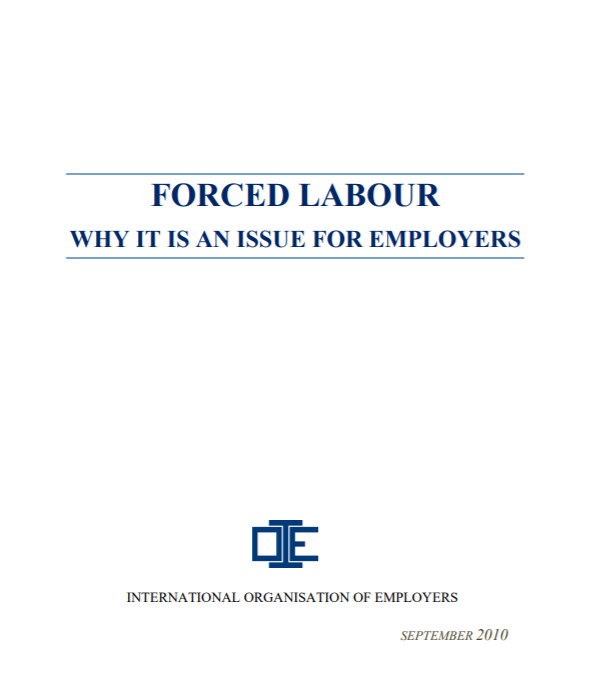Underground Lives: Forgotten Children- the Intergenerational Impact of Modern Slavery
News & AnalysisGuidancePublicationsThousands of children affected by modern slavery are being failed by the system. There are at least 5,000 children of modern slavery victims in the UK and the majority are not getting the support they need, with many more potentially lost in the ...Read More

